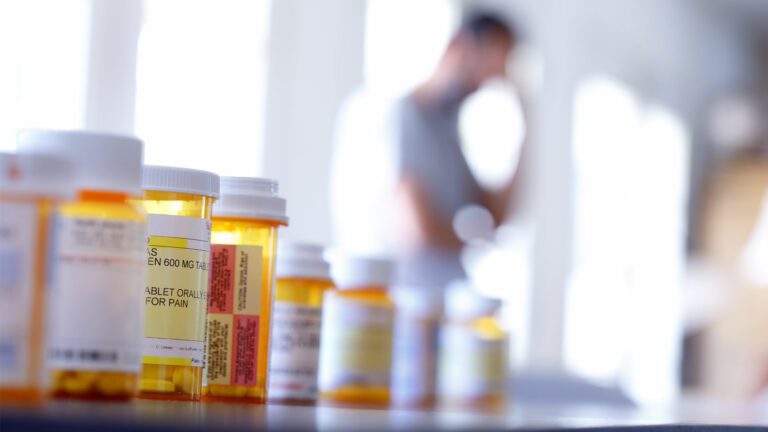
While the continuing COVID-19 pandemic poses a risk to everyone, vulnerable and marginalized populations may face an increased risk. Included in this group are those living with opioid use disorder (OUD). In addition to the risk from the disease itself, the isolation and stress from COVID-19 has the potential to exacerbate their condition as well as limit access to valuable resources.
Alberta Health publishes opioid surveillance reports every quarter to track the opioid crisis and assess the use/misuse of opioids and narcotics in Alberta, including fentanyl.
The recently published report for the second quarter of 2020 (April to June) indicated that 301 people died from apparent opioid poisoning during this time. This is double the number for the first quarter of 2020 and the highest number recorded for a single quarter since surveillance began in 2016.
The data indicates that of those deaths, 94 per cent were attributable to fentanyl. While this may make it seem like pharmacists have a limited role in prevention of these deaths, the report also indicates that, in the 30 days prior to their death
- 20 per cent of these individuals had an opioid dispensed to them,
- 25 per cent had an antidepressant or an anxiolytic dispensed to them, and
- six per cent had opioid agonist therapy dispensed.
In contrast to this, only 22 per cent had a mental-health-related health service and 18 per cent had a substance-use-related health service. This means that for many of these individuals, the pharmacist was quite possibly the last healthcare professional they interacted with before their opioid poisoning.
What can pharmacists do?
- Pharmacists have a role to play in recognizing the signs of uncontrolled or worsening addiction and mental health issues in their patients. Pharmacists should assess patients using the four vital behaviours in the Chat Check and Chart Vital to Patient Care tool as well as the Guidance for Assessment and Monitoring: Individuals using Opioid Medications for patient using prescription opioids. Connecting with these individuals at every encounter in the pharmacy, checking Netcare data as required, and then reconnecting as part of a monitoring plan may help identify and support a person at increased risk.
- Pharmacists can collaborate with the individual’s healthcare team when issues or risks are identified and work together with them and the patient to find a solution.
- Pharmacists can refer the individual to other appropriate addiction and mental health resources if they are struggling or if a risk is identified.
One of the single greatest contributions a pharmacy team can make to managing the opioid crisis is to provide naloxone as a harm reduction measure. In addition to those who make a request for naloxone, pharmacists should identify individuals who may be at risk and offer them a naloxone kit as a preventative measure. More information on supplying naloxone can be found in the ACP document Providing naloxone as an unscheduled drug: Guidelines for pharmacy teams.




